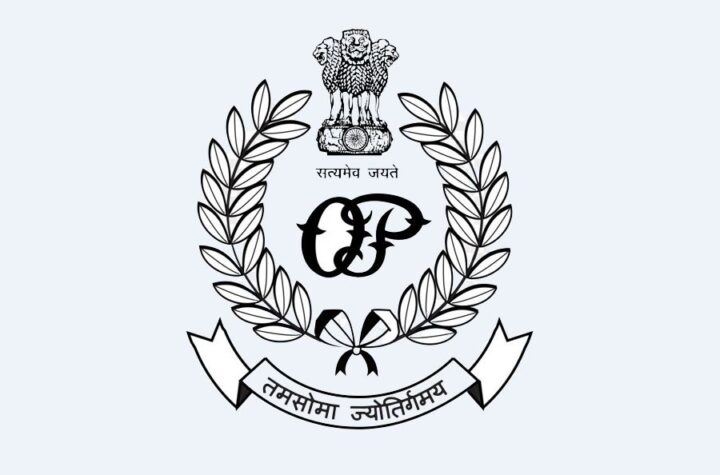Bhubaneswar The Puri is now in a festive mood for the inauguration ceremony of the Puri Parikrama project. Chief Minister Naveen Patnaik will inaugurate the historic Sri mandir Parikrama project on December 17. For this, worship is going on with great devotion in the northeast corner of the temple. The long-awaited Sri mandir Parikrama Project has been completed and only one day remain for Chief Minister Naveen Patnaik to inaugurate the magnificent edifice. The artifacts made of quartzite stone tell the story of the fine art of Qingming. Details related to Mahaprabhu have been given importance in this project’s beautification. Of the 55-meter buffer zone of the project, a 19-meter area has been created with greenery, which enhances the beauty of the project manifold. Devotees visiting the Srimandir Parikrama will not only experience an aesthetic feel but also be enchanted by an ecofriendly environment – thanks to the vision of the Chief Minister and the efforts and guidance of the 5T Chairman VK Pandian. The big thing is that about 120 species of small and big trees are being planted related to Shree Jagannath culture. Within five meters of the buffer zone, small trees are being planted for the daily worship of Lord Jagannath and his sibling deities Lord Balabhadra and Devi Subhadra. The greenery comprises tulsi- the beloved plant of the Lord used in every Nitikanti of the temple. Lord Jagannath himself holds Tulsi on his head and in his heart. Mahaprasad of Mahaprabhu cannot be complete without tulsi leaves. Flower garlands and tulsi garlands are also adorned around the neck and hands of Shree Jagannath. Keeping all these things in mind, tulsi has been given special treatment in the Srimandir Parikrama Project. The Lord’s beloved tusia trees have been planted at various places in the Parikrama Project. Trees such as kamini, malli, henna, jui, tagar, tarat, sugandharaja, kundamalli, red alder, green alder, pentas, cygium, ixora, royo, Amazon blue and pandanus grace the area along with tulips. The buffer zone is followed by a 10-meter circumambulation route. Then 14 meters of plantation zone and followed by 8 meters of outdoor circumambulation route. This means that the plantation zone is between the inner and outer demonstration routes. Devotees will be mesmerised by the beautiful experience of greenery and the fragrance of flowers as
they walk through these two scenic routes. However, in the plantation zone, small trees and big trees such as boul koli, golden champa, rudra tampa, wood champa, kadamba, sky malli, gong shiuli, neem, chathiana, nageswar, nagamalli etc. have been planted. These large and small trees have been collected locally and from outside the state. While the maximum number of
trees came from Andhra Pradesh’s Rajahmundry, Uttar Pradesh’s Saharanpur, Kolkata, Bengaluru, Chhattisgarh, and Maharashtra have sent several of them. More than 150 gardeners and staff are engaged in the maintenance of the greenery. Although the east gate and the Lion Gate sides are kept open for festivals, trees are being planted in mobile plantation boxes there. Apart from this, some ornamental trees will be placed in movable planters and will adorn the Lion Gate route. It will be easy to transfer them during the Rath Yatra or other festivals. Special emphasis has been put on flower arrangements in the Sri mandir Parikrama project. Chief Minister Naveen Patnaik has given special importance to giving the devotees a taste of spiritual
feeling along with a beautiful natural environment during their temple tour. Steps are being taken to make the circumambulation route as attractive as possible for the devotees under the direct supervision of the 5T Chairman VK Pandian. Four gates and the crown of the temple are being decorated with flowers along with the Parikrama Project.











More Stories
India Hot Investment Destination For Western Corporate Giants: UN Report
Four Generations Ruled Delhi But Today They Can’t: PM
Crime Branch Issues Advisory to Protect Citizens from Online Investment Fraud